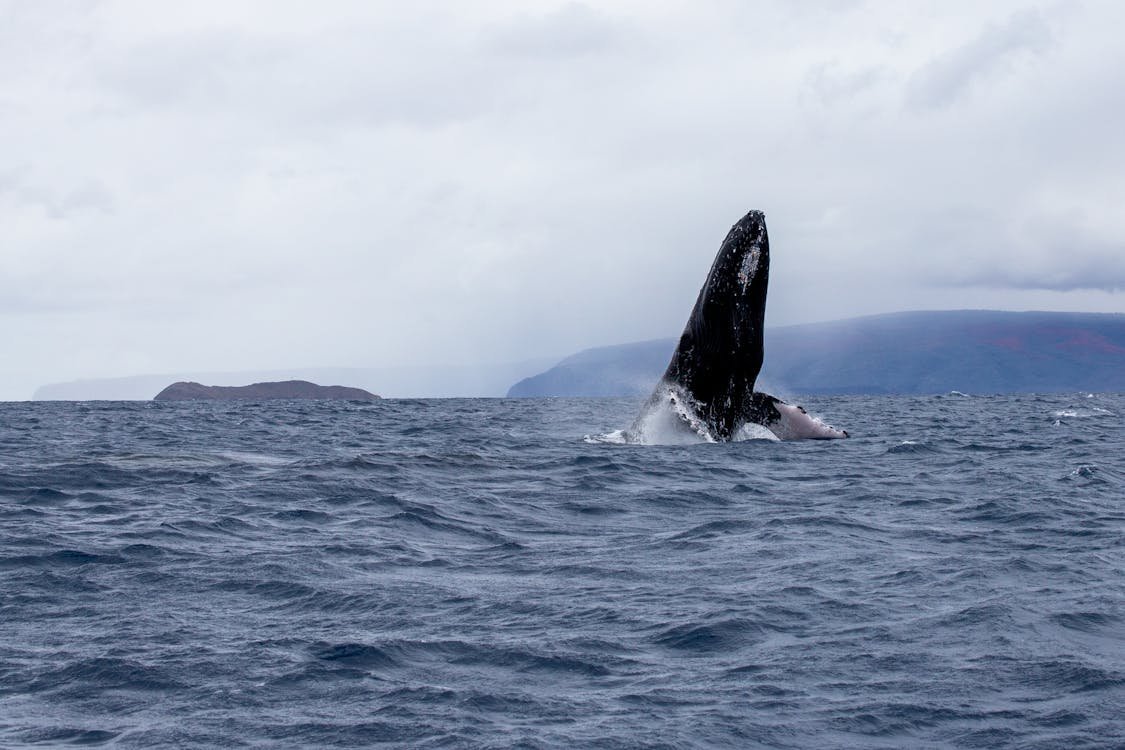Whale populations across the world’s oceans face numerous environmental threats, but one of the most pressing and increasingly recognized dangers is plastic pollution. With millions of tons of plastic entering marine ecosystems each year, these majestic creatures are at serious risk from ingestion, entanglement, and habitat degradation. This article explores the grave consequences of plastic pollution for whale populations, the underlying causes, and potential solutions to this escalating crisis.
The Scope of Plastic Pollution in the Oceans
Each year, an estimated 8 million metric tons of plastic waste flow into the oceans, and the total mass of plastic in marine environments continues to rise dramatically. From large plastic debris to microscopic particles known as microplastics, this pollution affects nearly every layer of the ocean’s ecosystem. Whales, as some of the largest marine mammals, are not exempt from these impacts. In fact, their size and feeding behaviors often make them more vulnerable to the dangers posed by plastic.
Ingestion: A Silent Killer
One of the most direct ways that plastic pollution harms whales is through ingestion. Many whale species, including baleen whales like the blue whale, rely on filter-feeding by consuming vast amounts of water to capture small organisms like krill and plankton. Unfortunately, this also leads to the unintended ingestion of microplastics, which are now present in every corner of the ocean.
Plastic ingestion can result in a host of issues for whales. When swallowed, plastic can block or puncture a whale’s digestive tract, causing malnutrition, internal injury, or even death. The ingestion of sharp or toxic plastic materials can further exacerbate these problems, leading to infections, digestive complications, and impaired reproductive health. Post-mortem examinations of dead whales have often revealed stomachs filled with large amounts of plastic waste, underscoring the severity of the issue.
Entanglement: A Tragic Trap
Another way plastic pollution impacts whale populations is through entanglement. Discarded fishing nets, often referred to as “ghost nets,” and other plastic debris such as ropes, packing straps, and plastic sheeting, can ensnare whales. These materials can wrap around a whale’s body, fins, or mouth, restricting movement, causing injuries, and even leading to death through drowning or starvation.
For larger species like sperm and humpback whales, entanglement in plastic waste can severely impair their ability to swim or feed, leading to a slow and painful demise. Even if they manage to escape, the lasting injuries from entanglement can make them more vulnerable to predators, illness, or reduced reproductive success.
Habitat Degradation: A Growing Concern
Plastic pollution doesn’t just affect whales through direct ingestion or entanglement—it also contributes to the degradation of their habitats. The buildup of plastic waste in key marine areas disrupts ecosystems, potentially driving away prey species or contaminating the food chain. Furthermore, chemicals from plastic debris can leach into the water, affecting not only the whales but also the broader oceanic environment on which they rely.
The contamination of feeding grounds and migration routes by plastic is particularly concerning for endangered species such as the North Atlantic right whale. Their already limited habitats are becoming further compromised, making recovery efforts even more challenging.
Microplastics: An Invisible Threat
While large plastic items pose an obvious danger to whale populations, microplastics are an insidious, often invisible threat. These tiny fragments, less than 5 millimeters in size, come from larger plastic items that have broken down over time or from consumer products like cosmetics and synthetic clothing. Microplastics can be ingested by whales alongside their natural food sources, with potential long-term health effects that are not yet fully understood.
Emerging research suggests that microplastics can carry toxic chemicals and pathogens, which may accumulate in a whale’s body over time. The full extent of how microplastics affect whales, including their immune systems, reproduction, and longevity, is still being studied. However, it is clear that the widespread presence of microplastics in the ocean represents a serious concern for the long-term health of marine species.
The Broader Ecological Consequences
Whales play a critical role in maintaining the health of marine ecosystems. As apex predators and massive ocean dwellers, they contribute to nutrient cycling by feeding in deeper waters and releasing nutrients near the surface through their waste. This process supports the growth of phytoplankton, which in turn helps sequester carbon and produce oxygen. The decline of whale populations due to plastic pollution could, therefore, have cascading effects on marine ecosystems and global climate regulation.
Solutions to Combat Plastic Pollution
Addressing the threat of plastic pollution to whale populations requires coordinated efforts on a global scale. Some of the most effective strategies include:
- Reducing Plastic Production and Consumption: By limiting the production of single-use plastics and encouraging sustainable alternatives, we can reduce the amount of plastic waste entering the oceans. Policies like plastic bans, extended producer responsibility, and consumer education are key to driving this change.
- Improving Waste Management Systems: Many countries lack effective waste management systems, leading to large amounts of plastic waste being dumped into rivers and oceans. Investing in better waste management infrastructure and recycling programs is essential to preventing further pollution.
- Cleaning Up Ocean Plastic: Initiatives like the Ocean Cleanup Project aim to remove plastic waste from the ocean, particularly in large garbage patches like the Great Pacific Garbage Patch. While these efforts are crucial, preventing new plastic from entering the ocean must remain the priority.
- Addressing “Ghost Gear” from Fisheries: Programs designed to retrieve lost fishing gear and prevent it from becoming oceanic waste are essential to reducing the entanglement risk for whales and other marine life.
- Raising Public Awareness: Educating the public about the impacts of plastic pollution on marine ecosystems, including whales, can drive behavioral changes that lead to reduced plastic use and increased support for ocean conservation initiatives.
Conclusion
The threat of plastic pollution on whale populations is a stark reminder of the broader environmental challenges we face. As iconic and vital species within marine ecosystems, the decline of whales due to plastic pollution represents a significant loss not only for biodiversity but also for the health of the oceans themselves. By taking decisive action to curb plastic waste and protect marine habitats, we can safeguard the future of whale populations and the broader ecosystems they support.

